AARP Hearing Center

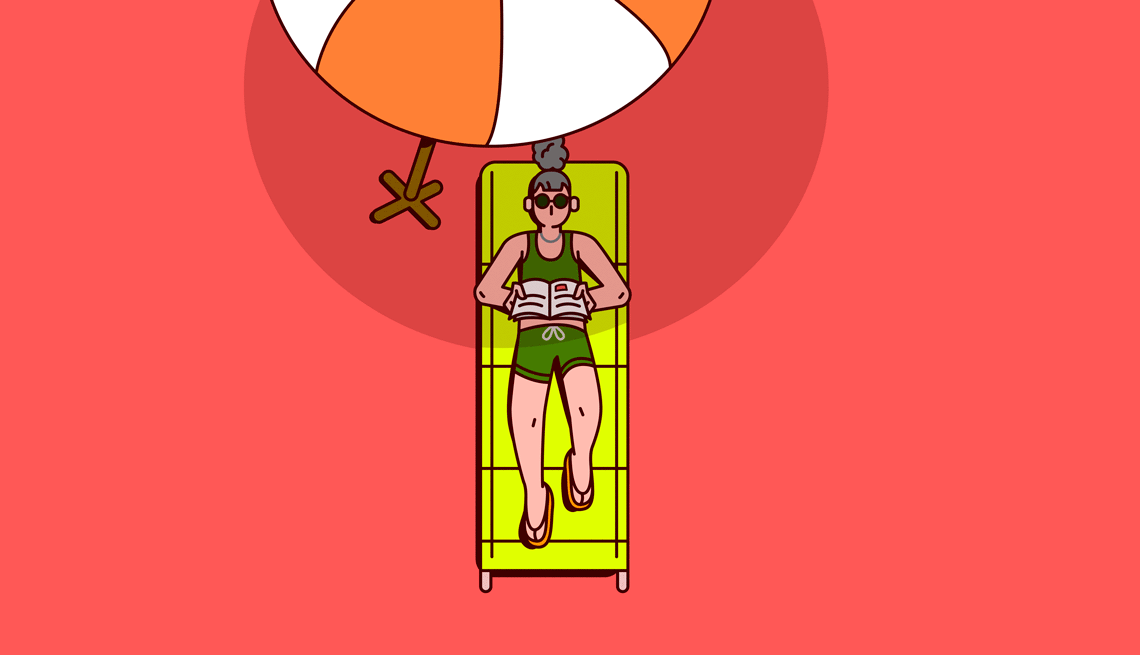
We’re going to be experiencing some exceptionally hot weather this summer, according to the National Weather Service’s Climate Prediction Center. In May it predicted “above normal temperatures” for the entire U.S. That’s bad news for everyone, especially older adults — and it’s not just about feeling uncomfortable. Older adults are more likely to experience organ damage, a heart attack or stroke, or even die from extreme heat. And because of climate change, the temperatures are only going to get worse, with the population of older adults globally at risk from chronic extreme heat growing by more than 200 million by 2050, according to a 2024 study published in Nature Communications.
You can’t escape the heat entirely, but you can mitigate the risks associated with it. Here are 25 tricks for cooling down and staying safe when the temperature rises to dangerous levels.
1. Stick to plain water
Although there are plenty of fancy “designer” hydration drinks on the market, your best bet for staying properly hydrated is good old-fashioned H2O. “It’s still the gold standard for maintaining good health, especially as we age,” says Violeta Morris, a registered dietitian nutritionist.
If you expect to be outside in the heat for long periods of time or exerting a lot of energy, you could consider an electrolyte-enhanced beverage like Gatorade, Bodyarmor, Vitaminwater or other similar brands. But a lot of those commercial sports drinks are loaded with sugar and sodium, which won’t do your waistline, blood pressure or blood sugar levels any favors.
A healthier option is to “add a splash of fruit juice, or a few slices of strawberry, orange or cucumber, to your water,” says Melinda Steele, M.D., a double board-certified family medicine and lifestyle medicine physician. It’ll boost the electrolytes and pump up the flavor without the unnecessary additives.
2. Set a hydration reminder
In extreme heat situations, the U.S. Centers for Disease Control and Prevention (CDC) recommends drinking an 8-ounce cup of water every 15 to 30 minutes. That’s easier said than done, so Morris recommends setting a “drink water” reminder on your phone. Plenty of free apps that will do just that, including Waterllama, WaterMinder and Aqualert.
All that extra drinking means extra bathroom visits, of course. “It’s common for older adults to limit fluids while out and about to avoid frequent trips to the bathroom,” says Steele. She recommends scheduling restroom breaks so you can continue prioritizing hydration. “It’s a small adjustment that can make a big difference.”
3. Skip the booze on superhot days
On a hot day, nothing may seem more refreshing than a cold beer or a glass of chilled white wine. But you might want to skip the alcohol, or at least limit it, on oppressively hot days. While booze can “add fluids to our total overall intake, it has some negative side effects like increasing blood pressure and cancer risk,” says Liz Weinandy, lead dietitian at the Ohio State University Wexner Medical Center.
If you do choose to drink, Morris suggests a wine spritzer or a cocktail made with sparkling water, which offers more hydrating benefits. Even then, she recommends “alternating each alcoholic drink with a glass of water to stay better hydrated.”
4. Sip on a hot beverage
It seems counterintuitive, but drinking a hot beverage may have a cooling effect. “The theory is that they add extra body heat, triggering the thermoreceptors to perceive the body as being hotter than it actually is,” says Morris. “This causes the body to sweat more in an effort to cool down. Essentially, by ‘tricking’ the thermoreceptors, the body works harder to reduce the perceived heat, helping you cool off.”
While several studies have confirmed this, Julie Andrews, a chef and registered dietitian nutritionist, says it’s more effective in dry environments. “In a humid environment, it’s less true,” she says. (Research from Canada supports the idea that hot drinks can cool you down but may be less effective in hot, humid conditions.) Steele agrees that it could be beneficial in dry climates, because hot liquids “can trigger sweating, which has a cooling effect.” But for older adults, “this effect is often limited, since we tend to sweat less with age. That means sipping something hot on a sweltering day might not offer much of a cooling benefit.”
Other experts are skeptical. Larry Kenney, a professor of physiology and kinesiology at Pennsylvania State University, considers the hot-drink-on-a-hot-day strategy a complete fallacy. “When was the last time a cup of tea or coffee made you sweat a lot?” he asks. “Why put heat into the body to try to get rid of that same heat?” Your results may vary.

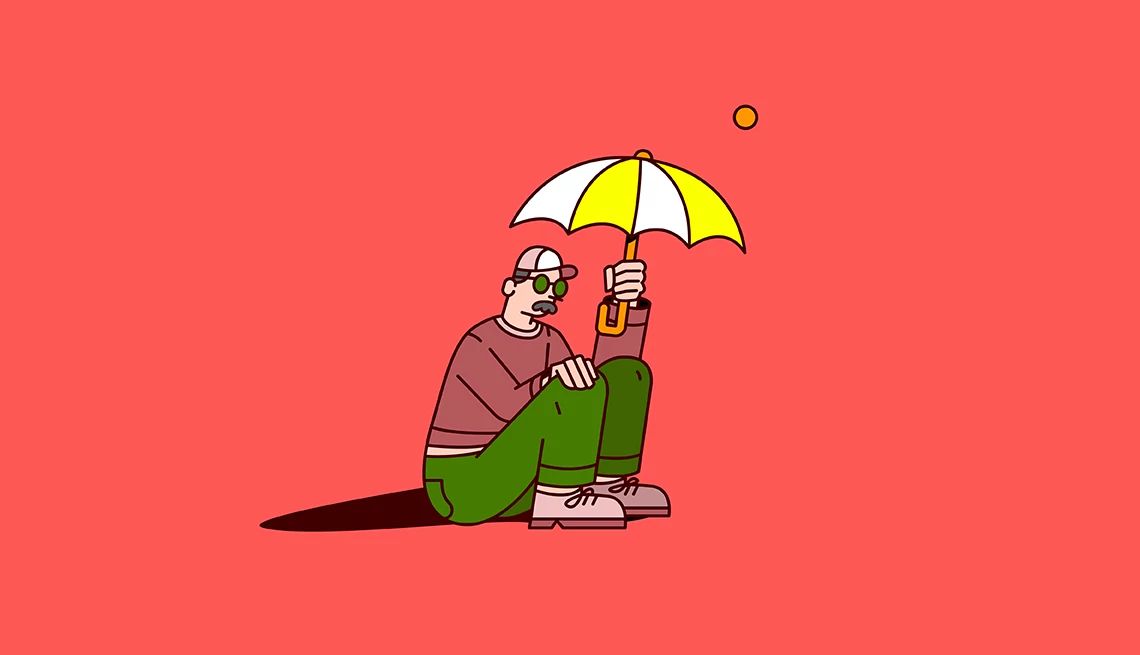
5. Avoid direct sunlight
Retreating from the sun’s harsh rays isn’t just about protecting your skin, although it’s definitely part of it. “Less exposure to UV radiation helps reduce the risk of heat stress and skin cancer, making shade a key element in any heat-management strategy,” says Ariane Middel, an engineering professor and researcher at Arizona State University who has studied the effects of shading in urban environments. If you’re going to be outside for long periods of time, use a sun-blocking umbrella.
The benefit of shade is that it reduces your direct exposure to solar radiation, “which in turn lowers your body’s heat gain,” Middel explains. Direct sunlight will always feel warmer, by anywhere from 10 to 15 degrees. By standing in the shade, you’re experiencing the actual air temperature.
“There will still be some minor differences because you might be standing over a really hot surface, which increases your heat load through longwave radiation,” says Middel. “But that impact is minor compared to the heat from the sun.”
6. Talk to your doctor about your medications
Some medications can mess with the body’s ability to regulate temperature. For example, beta blockers can “slow the circulation so it takes longer for cooled blood to reach the body’s core,” says Ainsley Hawthorn, a specialist in sensory studies. Anticholinergics like atropine, for slow heart rate, or benztropine, for Parkinson’s disease, can reduce the amount of sweat the body produces.
“Some types of antidepressants affect the function of the hypothalamus, the body’s internal thermostat,” says Hawthorn. “Stimulants, replacement thyroid hormones, and antihistamines can also interfere with temperature regulation.” Anybody taking these medications should take extra precautions on scorching hot days. The CDC recommends consulting your doctor to discuss possibly adjusting your med doses accordingly.
7. Douse yourself in cold water
An icy cold shower or bath may not sound appealing, even if you’re uncomfortably hot, but it’s the best way to reduce your core body temperature quickly and safely. “Plain old cold water is still the most effective cooling method that’s ever been studied on planet Earth,” says Douglas J. Casa, a professor of kinesiology at the University of Connecticut. He’s seen patients suffering from heatstroke experience a dramatic drop in their internal temperature — from 109°F down to 103°F — after less than 20 minutes of soaking in cold water.
How cold, exactly? The Korey Stringer Institute at the University of Connecticut, named for the NFL lineman who died from heatstroke in 2001, recommends between 35°F and 59°F.
It doesn’t have to be a big production. “Even something as simple as soaking your feet in cold water can help you feel cooler,” says Kimberly McMahon, a program manager for the National Weather Service (NWS). Casa adds that if you’ve been working outside all day in the garden, “use the hose to cover your head and back in cold water. Do this for three or four minutes, and you’ll be completely refreshed.”































































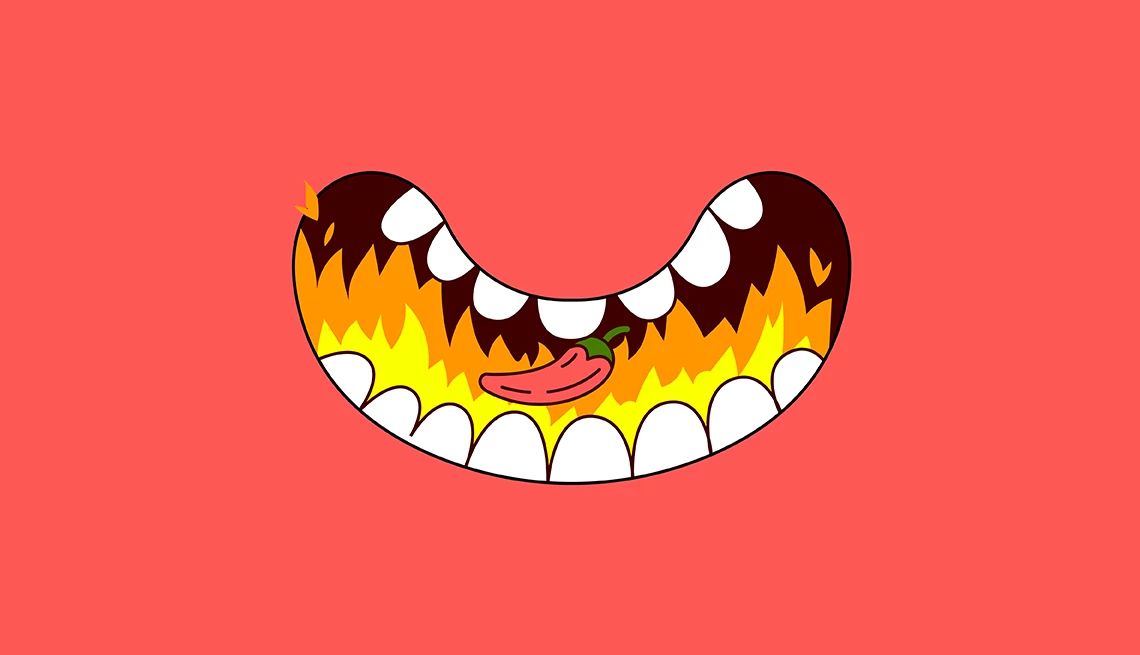
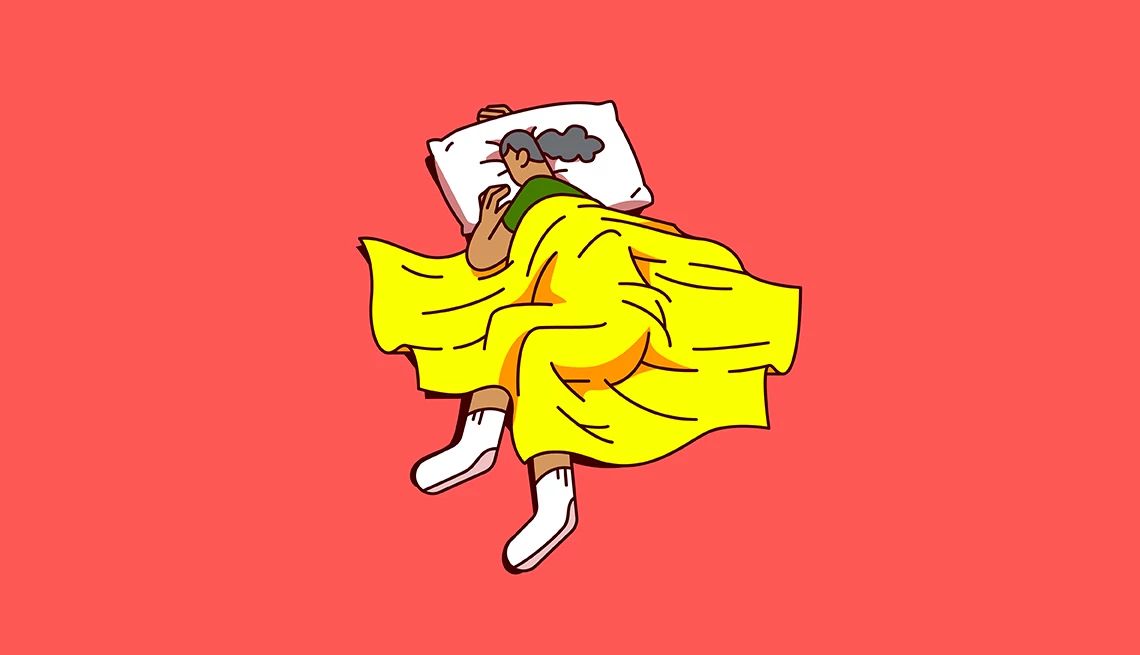


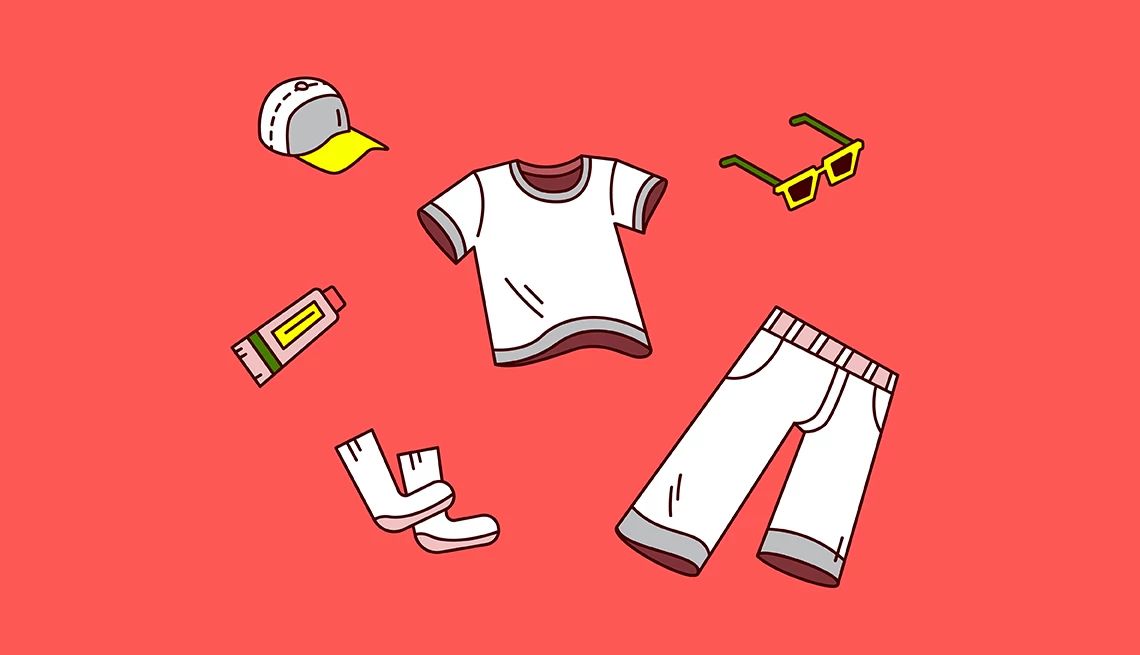



You Might Also Like
AARP Smart Guide to Sun Protection
45 ways to stay safe in the sun
Packing Tips for a Warm Weather Getaway
Strategies for an easy and stylish trip
21 Ways to Preserve Your Vision and Thrive
21 ways to take charge of your eye health